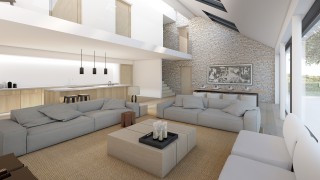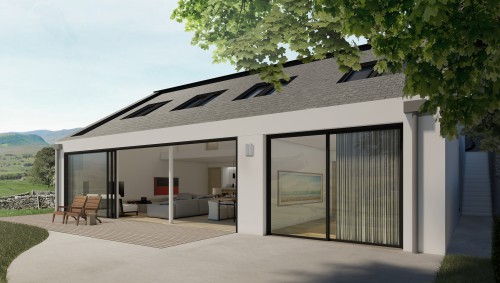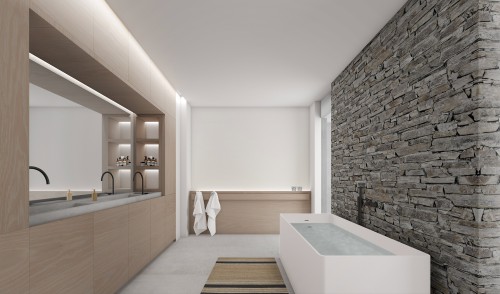Lyme Regis, Jurassic Coast house
Contemporary Home in AONB overlooking Dorset coastline
OCR Architecture were appointed to explore how the design and layout of a previously approved application for a single dwelling could be improved to optimise the way the building functions, is lived in, and its cost efficiency/buildability.
The brief is not to dramatically alter the approved dwelling, but to explore and analyse how changes in layout and form will improve upon the buildability of the scheme. There is also critically a need to ensure a greater connection to the immediate and wider landscape setting.



